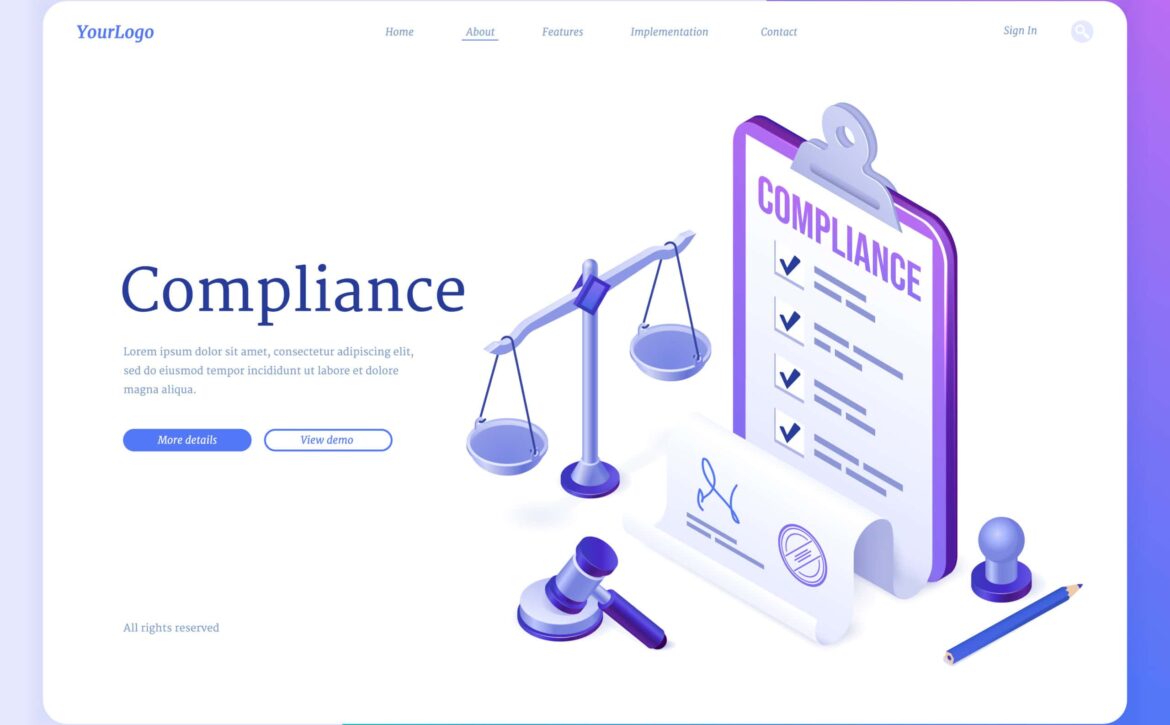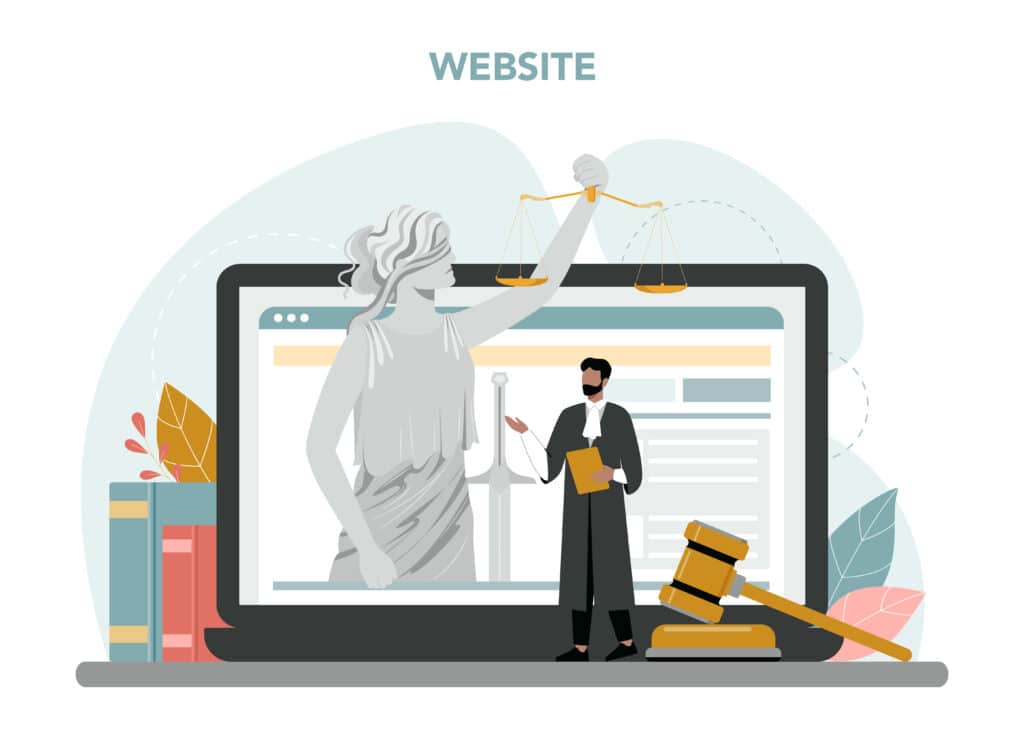Boost Your Website With Responsive Web Design Services
Responsive Web Design Services: Your Key to Digital Success
Is your website keeping up with the dynamic online landscape? The need for Responsive Web Design Services has never been more crucial in a world dominated by diverse devices and screen sizes. As users seamlessly switch between smartphones, tablets, and desktops, the question isn’t whether your website should be responsive—it’s how responsive it is. This blog dives into Responsive Web Design Services, unlocking the potential to enhance user experience, improve SEO rankings, and accommodate the ever-expanding array of devices. Discover the key to boosting your website’s performance and staying ahead in the digital game.
What is Responsive Web Design?
Responsive web design is an innovative approach that ensures websites adapt to different devices, allowing businesses to reach a wider audience. It provides a seamless user experience across various platforms, including desktops, tablets, and smartphones by utilizing fluid grids, flexible images, and media queries. This design strategy caters to specific business needs and target audiences, establishing a consistent online presence that engages users and encourages them to explore your website. With responsive web design services, you can boost your website’s visibility and accessibility, driving more traffic and generating more leads for your business.
Benefits of Responsive Web Design
Responsive Web Design (RWD) has become the cornerstone for achieving this goal, offering many advantages. By using RWD services, businesses can ensure that their websites are easily accessible and user-friendly across all devices, leading to increased traffic and conversions. Invest in responsive web design services today to keep your website from falling behind the times.
Enhanced User Experience
Responsive design ensures a seamless and consistent experience across various devices, captivating users with a visually appealing and easily navigable interface. Whether accessed on a desktop, tablet, or smartphone, a website optimized for responsiveness adapts effortlessly to different screen sizes, creating a positive and engaging user journey.
Improved SEO Rankings
Search engines prioritize mobile-friendly websites, and a responsive design directly influences search engine optimization (SEO). Google, for instance, favors mobile-friendly sites, contributing to higher rankings in search results. Responsive Web Design Services play a pivotal role in elevating your website’s visibility and discoverability.
Increased Mobile Traffic
With the surge in mobile device usage, catering to mobile users is no longer optional. Responsive design accommodates and embraces mobile traffic, ensuring your website performs seamlessly on smartphones and tablets. This adaptability translates to increased mobile traffic, reaching a broader audience and expanding your online presence.
Cost-Efficiency in Development and Maintenance
Investing in separate designs for desktop and mobile versions can be resource-intensive. Responsive Web Design streamlines this process by creating a single, adaptable layout that fits all devices. This not only reduces development costs but also simplifies ongoing maintenance. With one design to update and maintain, the cost-efficiency of responsive design becomes a strategic advantage for businesses of all sizes.
Exploring Key Features of Responsive Design
As we delve into Responsive Web Design Services, understanding the foundational features becomes crucial for unlocking the true potential of adaptability and user-centricity.
Fluid Grid Layouts
At the core of responsive design lies the concept of fluid grid layouts. Unlike fixed grids, these adapt proportionally to the screen size, ensuring that content resizes seamlessly. This dynamic structure enables a harmonious visual experience, maintaining the integrity of the design across various devices. Fluid grids empower websites to transition between different screen dimensions gracefully, delivering a consistent and aesthetically pleasing user interface.
Flexible Images
The responsive design extends its adaptability to images through the incorporation of flexible images. Images, like the overall layout, adjust proportionally to fit the screen size, preventing distortion or pixelation. By optimizing image responsiveness, websites ensure that visual elements remain crisp and clear regardless of the device. This attention to detail enhances the overall user experience, providing a visually appealing and professional presentation on every screen.
Media Queries
Media queries form the backbone of responsive design by allowing websites to apply specific styles based on device characteristics such as screen size, resolution, and orientation. These queries enable the user interface customization for optimal viewing on different devices. Whether adjusting font sizes, hiding or displaying content, or altering layout structures, media queries empower designers to tailor the user experience, ensuring that the website looks and functions seamlessly across various devices.
Mobile-First Approach
Embracing a mobile-first approach is a strategic decision in responsive design. This methodology involves designing and prioritizing the mobile version of a website before scaling up to larger screens. By starting with the constraints of a smaller screen, designers ensure that the essential elements are prioritized, leading to a streamlined and efficient user experience. The mobile-first approach enhances smartphone performance and sets a solid foundation for scalability across various devices.

How to Implement Responsive Web Design Services
Implementing Responsive Web Design (RWD) involves a strategic process that ensures your website adapts to various devices and delivers an optimal user experience. Here’s a roadmap to guide you through implementing Responsive Web Design Services.
Selecting a Professional Web Design Agency
The journey toward responsive excellence begins with choosing the right partner. Selecting a professional web design agency with expertise in responsive design is pivotal. Look for a team that understands the technical intricacies and aligns with your brand vision. Assess their portfolio to ensure they have experience creating responsive, visually appealing, and user-friendly websites. A skilled agency can differentiate between a functional design and a transformative online presence.
Collaborative Planning and Design Process
Once you’ve chosen a web design agency, the next step is a collaborative planning and design process. This phase involves in-depth discussions about your business goals, target audience, and the specific features your website requires. Work closely with the design team to establish a wireframe and mockups that prioritize user experience across devices. Collaborative planning ensures that your website meets your business objectives and resonates with your audience on every screen.
Testing and Quality Assurance
Testing is the linchpin of successful, responsive design implementation. Rigorous testing across various devices, browsers, and screen sizes is essential to identify and rectify any issues. This includes checking the functionality of interactive elements, validating the responsiveness of images and media, and ensuring consistent performance. Quality assurance is a continuous process; meticulous testing guarantees that your website maintains its integrity and functionality across the ever-expanding array of devices in the digital landscape.
Process of Implementing Responsive Web Design
Implementing responsive web design begins with audience analysis and goal setting during the web strategy stage. The design and development stage focuses on enhancing user experience, while quality assurance ensures functional, responsive design. Implementation involves fluid grid systems and mobile site optimization and testing during the launch process.
- Web Strategy and Planning: Web strategy starts with identifying the target audience and involves developing solutions for responsive design. A responsive web design agency concentrates on digital strategy, which requires extensive user experience research. Clear business goals are crucial in guiding the responsive web design strategy.
- Design and Development Stage: During the design and development stage, responsive web design best practices are integrated to create tailored designs for various devices. This ensures a seamless user experience and addresses different screen sizes. Responsive web design services are crucial for customizing designs based on business processes, and enhancing website visitors’ UX.
- Quality Assurance and Launch: Quality assurance ensures seamless functionality across devices. The launch stage involves extensive testing for responsive design. Web design companies optimize user experience and search rankings. Launching a site requires thorough user experience testing to guarantee flawless performance.
Responsive Design and SEO
In the ever-evolving landscape of the digital world, the synergy between Responsive Web Design (RWD) and Search Engine Optimization (SEO) is a crucial factor that can make or break your online presence. Let’s delve into how responsive design influences SEO and why it’s a game-changer for your website.
Google's Mobile-First Indexing
Google, the unrivaled giant of search engines, has shifted its focus to mobile-first indexing. This means that Google predominantly uses the mobile version of the content for indexing and ranking. With responsive design, where a single version of the website serves all devices, you align seamlessly with Google’s mobile-first approach. This alignment is more than a technicality; it’s a strategic move to ensure that your website remains visible and relevant in the eyes of the search giant.
Positive Impact on Search Engine Rankings
The positive impact of responsive design on search engine rankings is undeniable. Google rewards mobile-friendly websites with higher rankings, reflecting the search engine’s commitment to delivering the best user experience. Responsive websites eliminate the need for duplicate content across different versions, avoiding SEO pitfalls such as content fragmentation and keyword dilution. As a result, your website gains a competitive edge in search rankings, attracting more organic traffic and positioning itself as a reliable and user-centric source of information.
The vitality of Responsive Web Design Services cannot be overstated. From elevating user experiences to securing higher SEO rankings, the benefits are clear. As we conclude this journey, reflect on the adaptability, cost-efficiency, and enhanced engagement that responsive design affords. Don’t just meet the present; invest in a website that anticipates the future. The path to online success is responsive, and the time to boost your website is now. If you’re ready to take your website to the next level, contact us at 760-383-3591 to learn more about the transformative power of responsive design – a strategic investment that ensures your website not only survives but thrives in the dynamic realm of the digital landscape.

























